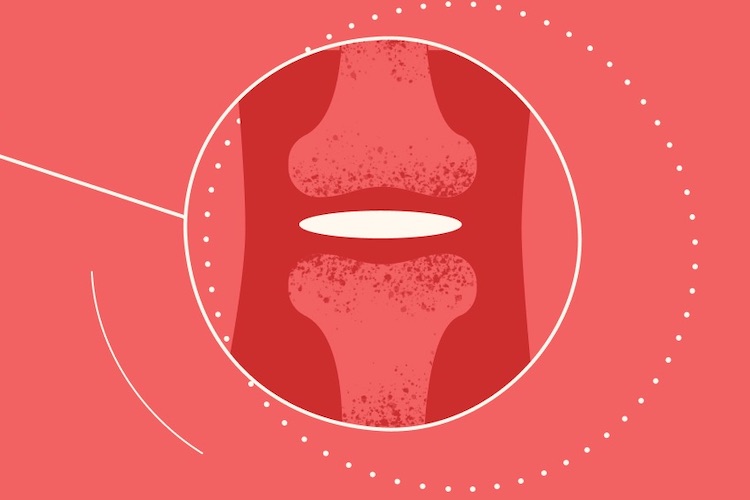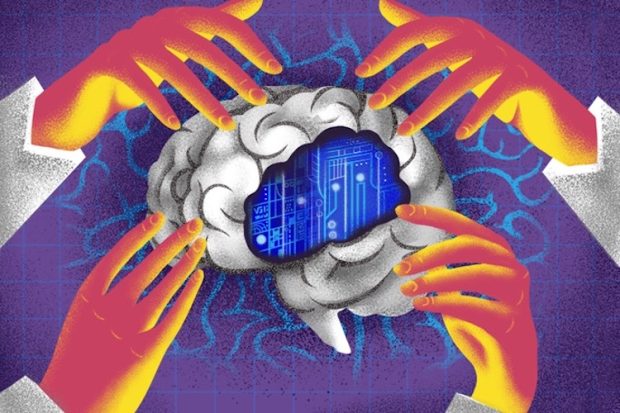Double Lifespan
Geneticist David Sinclair on a long-liver nematode worm, living organisms' recovery systems and a special diet...

In January 2016 Regeneration published an article called “Functional joint regeneration is achieved using reintegration mechanism in Xenopus laevis“. We asked one of the authors, Dr. Rio Tsutsumi from the UC San Diego, to comment on this study.
Anurans, such as frogs are said to be incapable of regenerating joints. We cut the frog limb at the elbow joint, and found that frogs can regenerate a joint between the remaining and the regenerated half of the joint. In the regenerated joint, musculoskeletal tissues were functionally assembled and frogs could move the regenerated joint.
Urodeles (newts and salamanders) have remarkable ability to regenerate a functional limb after amputation at anywhere in the limb, including joints. On the other hand, the regenerative ability of anurans (frogs and toads) is regarded as intermediate between regenerative animals like newts, and non-regenerative animals like mammals: after limb amputation, frogs regenerate a single cartilaginous rod called spike without any joint. Our findings show for the first time that frogs can regenerate a functional joint and we expect these findings to open new avenues for functional joint regeneration in mammals.

Previously, from the analysis of newt limb regeneration, we have found that there is a mechanism to harmonize the structures of the remaining and regenerated tissues, and that mechanism makes the whole limb functional after the regeneration. We named this mechanism as “the mechanism of reintegration.”
Understanding the mechanism of regeneration in animals like newts can help us apply these principles to other non-regenerative animals and achieve organ regeneration. Our limb amputation experiments in frogs highlights one such mechanisms by which the remaining tissue can be reintegrated into the regenerated structure to produce a new functional limb.
One of our challenges is to rescue the regenerative ability in humans who have lost their limbs. Thus, as a next step, we would like to test the ability of mice to regenerate functional joints by inducing interactions between the remaining and the regenerated tissues.

Geneticist David Sinclair on a long-liver nematode worm, living organisms' recovery systems and a special diet...

Biophysicist Burkhard Bechinger on optical spectroscopy, magic angle spinning, and the orientation of molecule...

Cell paper explains craving for sweets from the viewpoint of neuroscience